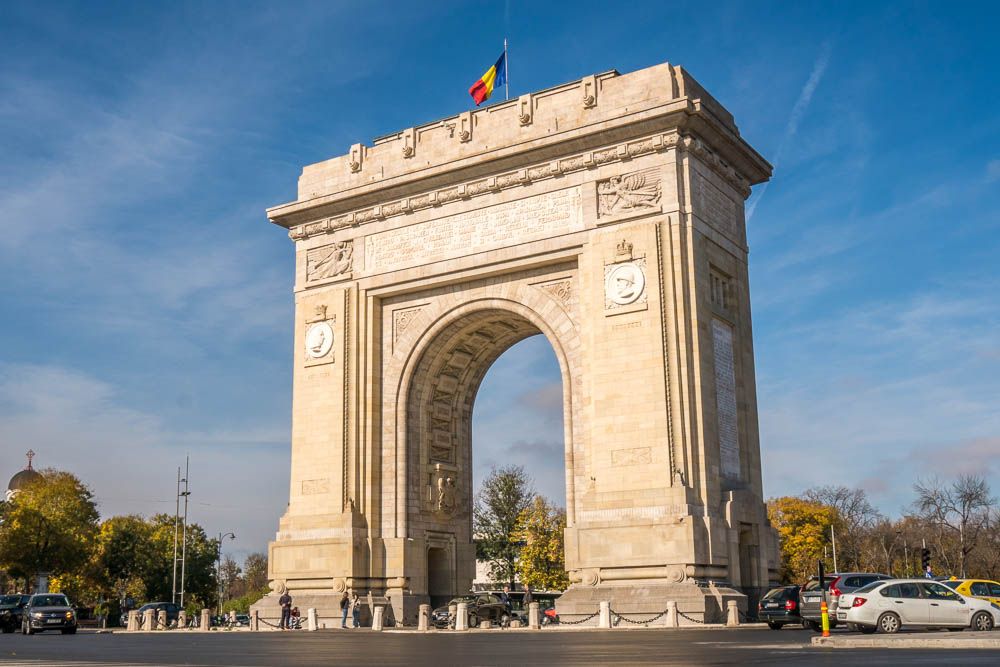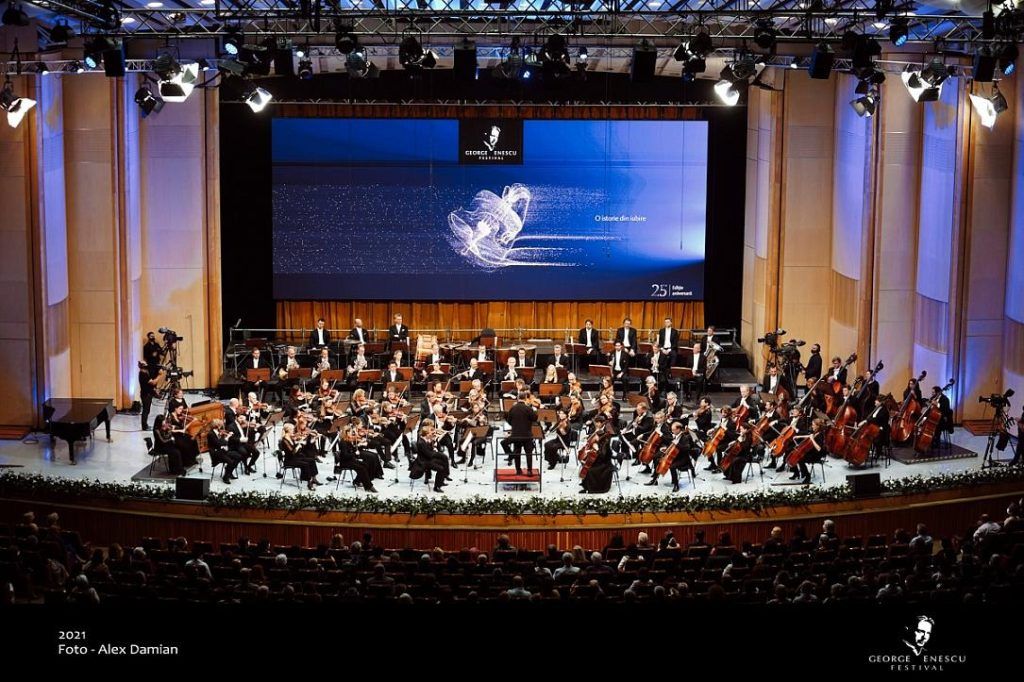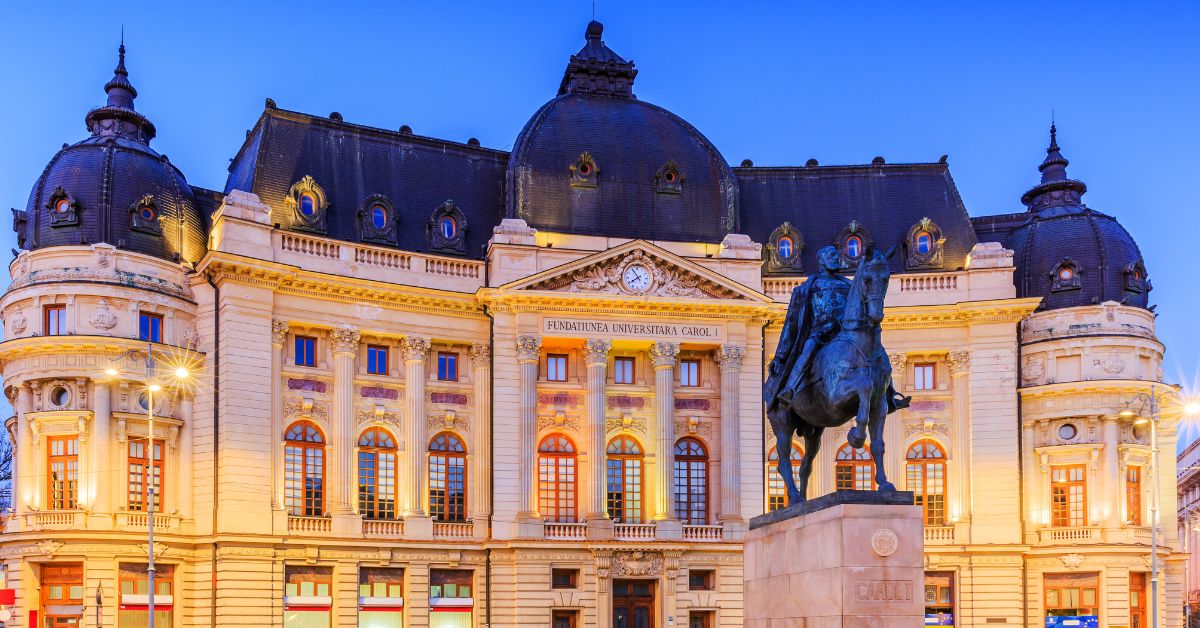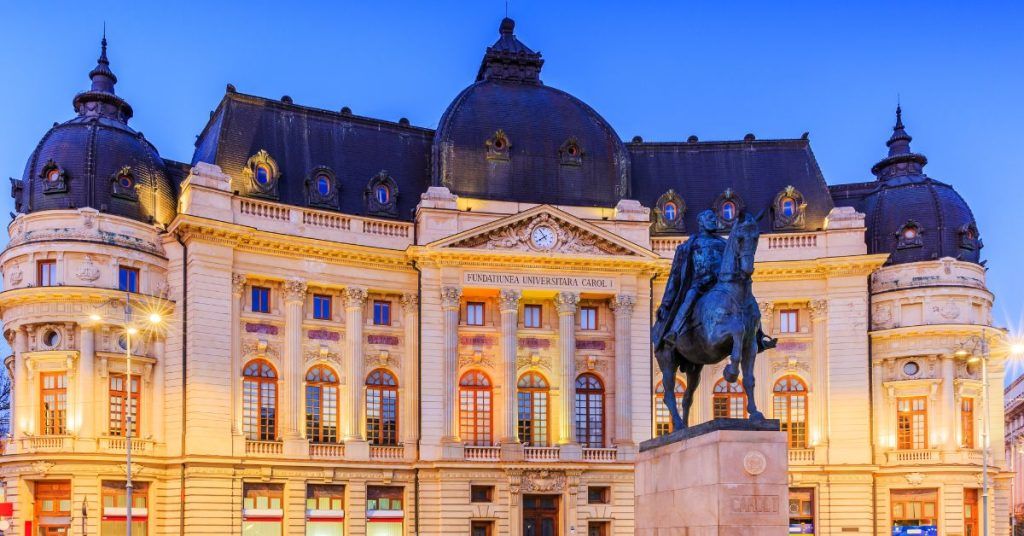Bucharest: History and Beauty in the Romanian Capital
Bucharest, the capital of Romania, is a fascinating city that has been able to combine its historical past with the modernity of a constantly growing European metropolis. Known in its golden age as “Little Paris” for its elegant French-inspired architecture, the city has undergone important transformations that have made it an attractive destination both for its cultural heritage and for its vibrant contemporary life. On this tour of the history and beauty of Bucharest, we will explore its monuments, its architecture and the most prominent places for visitors.
- The origins of Bucharest and its history
The history of Bucharest dates back to the 15th century, when it was first mentioned in historical documents during the reign of Vlad Tepes, better known as Vlad the Impaler. However, it was not until the 17th century that Bucharest was consolidated as the capital of Wallachia, one of the historical provinces of Romania. During this period, the city experienced significant growth, becoming an important commercial and political center.
In the 19th century, Bucharest experienced an unprecedented architectural and cultural transformation. With the influence of France, large avenues were built, neoclassical buildings and Parisian cultural elements were introduced, which earned it the nickname “Little Paris”. This splendor was maintained until the beginning of the 20th century, when the city became an epicenter of modernization in southeastern Europe.
The recent history of Bucharest is also marked by the events of World War II and the communist period under the regime of Nicolae Ceau? Escu. During his term, Bucharest underwent one of the most radical transformations with the construction of the imposing Palace of Parliament, a symbol of communist power that today is one of the largest civil buildings in the world. After the fall of the regime in 1989, Bucharest has experienced a cultural and economic renaissance, emerging as one of the most dynamic capitals in Eastern Europe.
- Bucharest architecture: between the classic and the modern
One of the most fascinating aspects of Bucharest is the diversity of architectural styles found in the city. From the elegant neoclassical buildings to the colossal buildings of the communist era, every corner of the city tells a different story.
The Parliament Palace is perhaps the most emblematic building in Bucharest. Built during the 1980s by order of Nicolae Ceau? Escu, this colossal building is the second largest in the world after the Pentagon and a clear example of the power that the communist regime was trying to project. Despite its controversial history, today it is one of the main tourist attractions of the city, offering guided tours of its impressive rooms and its vast structure.
Another outstanding monument is the Romanian Athenaeum, a neoclassical concert hall built in 1888 that is still the cultural heart of Bucharest. With its large dome and Corinthian columns, the Athenaeum is a reflection of the architectural splendor that the city reached in the 19th century. This building is not only impressive for its exterior design, but also for its richly decorated interior, where the famous George Enescu International Festival is held, one of the most important musical events in Europe.
In contrast to these classic monuments, Bucharest also has Bauhaus and modernist buildings, the result of the influence of European art in the early 20th century. The National Library of Romania and the National Art Museum are examples of how the city has been able to incorporate modernity without losing its historical essence.
- Essential tourist places
Bucharest offers a large number of tourist places to visit, from majestic squares to quiet parks and gardens. The Historic Center of the city, known as Lipscani, is a maze of cobbled streets full of bars, cafes and shops, and is the ideal place to walk and enjoy the bohemian atmosphere that characterizes this area. Here you can also find some of the oldest churches in the city, such as the Stavropoleos Church, which stands out for its orthodox architecture and intricate interior decorations.

Another highlight is the Arc de Triomphe, built in 1936 to commemorate Romania’s participation in World War I. This monument, inspired by the Arc de Triomphe in Paris, is one of the most important symbols of the city and offers breathtaking panoramic views of Bucharest from its summit.
Nature lovers should not miss the Herastrau Park, the largest park in the city, which surrounds Lake Herastrau. This green lung of Bucharest is perfect for enjoying a day outdoors, renting a boat or just relaxing in its many green areas. Very close to the park is the People’s Museum, an open-air museum that houses more than 200 traditional houses and buildings from all over Romania, offering visitors a unique vision of rural life in the country.
- Romanian cuisine in Bucharest
Romanian cuisine is another of the great surprises that Bucharest has to offer. With influences from Central Europe, the Balkans and Turkey, the local cuisine is a mixture of rich and comforting flavors. Dishes such as sarmale, cabbage rolls filled with meat and rice, and ciorba, a typical sour soup, are some of the must-see on any visit to the Romanian capital.
One of the most emblematic places to try traditional cuisine is the Caru’ cu Bere restaurant, located in the heart of the historic center. This establishment, which opened its doors in 1879, is famous both for its atmosphere and for its menu, which includes typical Romanian dishes such as mici, delicious grilled sausages, and papana? I, a traditional dessert similar to a fritter filled with fresh cheese and jam.
- Cultural events and nightlife
Bucharest is a city that not only shines for its history and architecture, but also for its vibrant cultural scene and nightlife. The George Enescu International Festival, held every two years, attracts musicians from all over the world and is a key event in the city’s cultural calendar. In addition, Bucharest has a wide range of theaters, art galleries and concert halls that offer entertainment for all tastes.

The nightlife in Bucharest is famous for its energy and diversity. From hidden bars in the historic center to modern nightclubs, the city offers endless options to enjoy the night. The streets of Lipscani are filled with life at nightfall, becoming the epicenter of fun, with places open until the wee hours of the morning.
Bucharest is a city that perfectly combines the charm of its history with the vitality of a modern metropolis. From its imposing historic buildings to its lively neighborhoods and its rich cultural offer, the Romanian capital has something to offer for everyone. Another places to visit in Romania in your next trip.
Whether you are interested in its architecture, discovering its heritage or simply enjoying its vibrant urban life, Bucharest is a destination that will not leave you indifferent.


